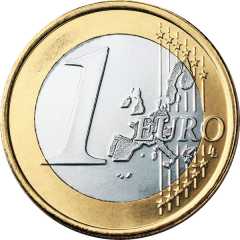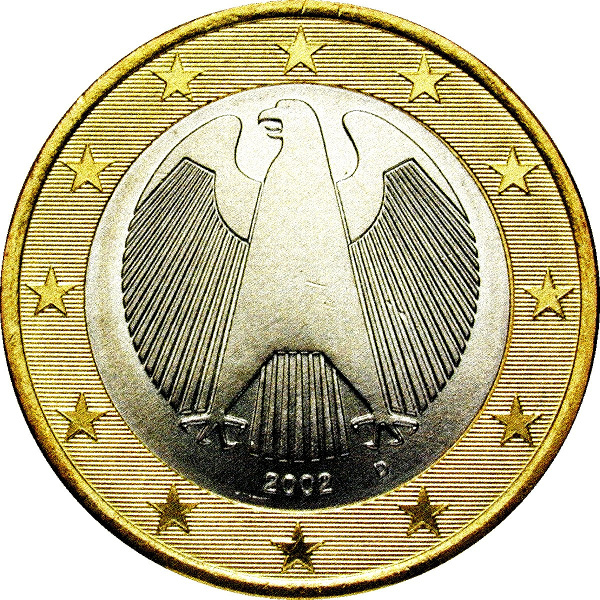Coin catalog: Coins from Germany
Overview time periods and coins Germany

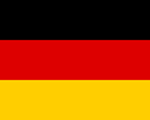
Coin Catalog Germany - German Coins from 1806 up to the Euro
After the Middle Ages, the variety of coins in Germany was based on efforts to create a unified national state as a single nation state to create one currency. Until the foundation of the German Empire in the year 1871, there was still an almost unimaginable multiplicity of coin mints, since each dominion had its own Currency spent.The coins of the empire provided an overview and stability. With the defeat of World War I and the following Recession and hyperinflation coins played a minor role at the time. The material value was significantly higher than the Nominal value. Over time, the Weimar Republic managed to consolidate the monetary system and create a new one with new coins. To let confidence in the hard money grow up and to give Germany a uniform coin image.
With Hitlers seizure of power and subsequent National Socialism, both the Third Reich received as well as the occupied territories own coins. After the defeat in World War II until the founding of the BRD let the Allied victorious powers for cash supply Reichspfennige in Germany.
From 1948 until the introduction of the euro was then the German Mark marked with the Pfennig as a sub-currency of the newly founded Federal Republic.
Coins Germany
- German States
till 1870 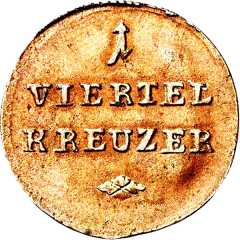
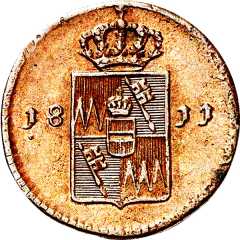
- Kingdom of Württemberg
- Grand Duchy of Würzburg
- German Empire
1871-1918 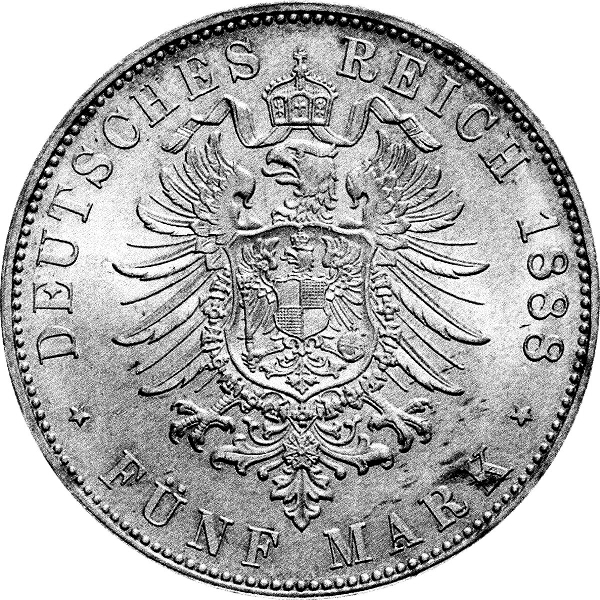
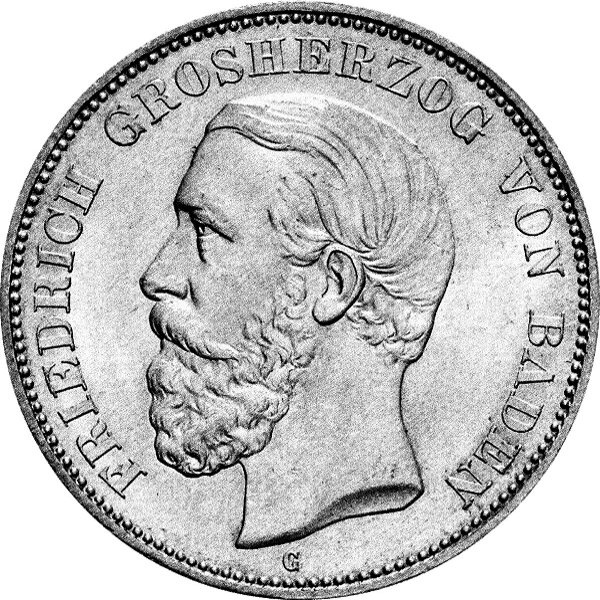
- Show coins by Jaeger #
- Central minted coins
- Memorial coins Empire
- Empire areas overview
- Weimar Republic
1919-1932 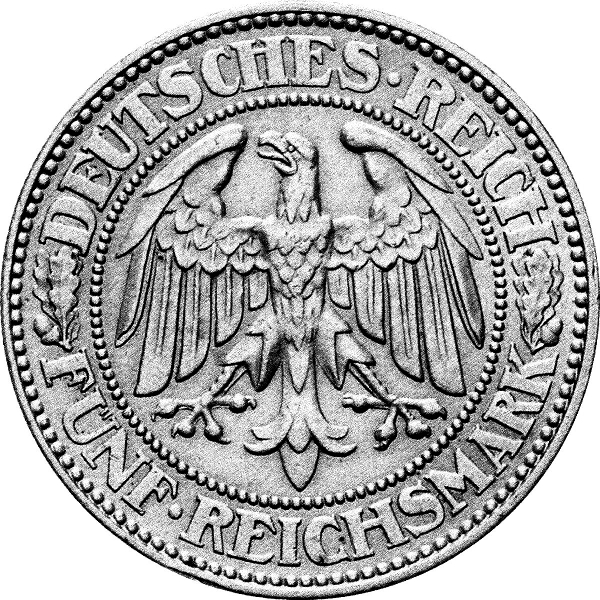
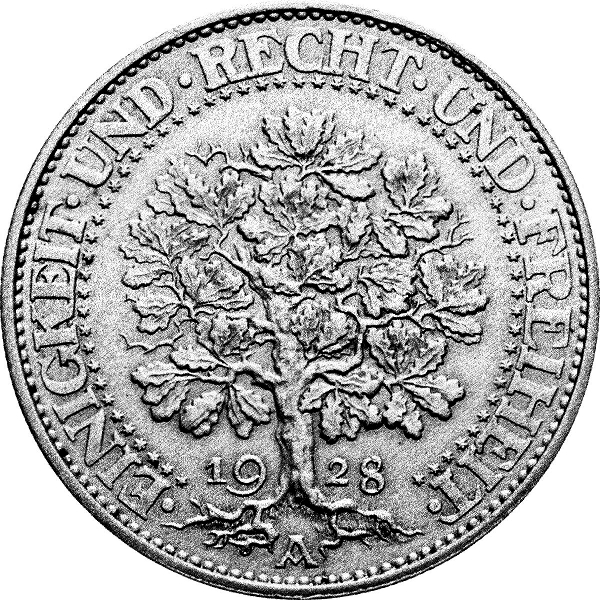
- Show coins by Jaeger #
- Circulation coins Weimar
- Memorial coins Weimar 3 Mark
- Memorial coins Weimar 5 Mark
- Germany
3. Reich 1933-1945 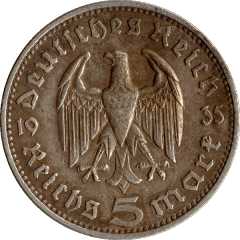
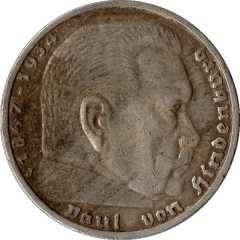
- Show coins by Jaeger #
- Pfennige
- 2 Mark
- 5 Mark
- German Democratic
Republic 1949-1990 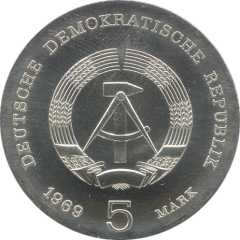
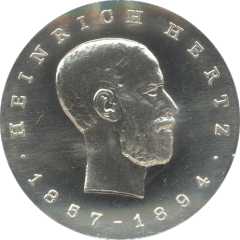
- Show coins by Jaeger #
- Circulation coins GDR
- Memorial coins GDR 5 Mark
- Memorial coins GDR 10 Mark
- Memorial coins GDR 20 Mark
- Federal Republic of
Germany 1949-2001 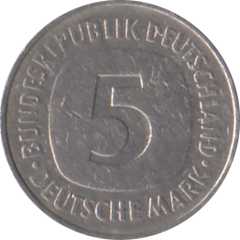
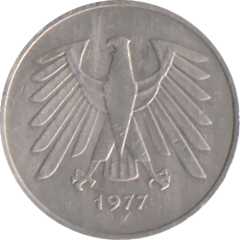
- Show coins by Jaeger #
- Circulation coins FRG
- Memorial coins FRG 1 Mark
- Memorial coins FRG 5 Mark
- Memorial coins FRG 10 Mark
German coins in the period of the liberation wars up to the founding of the empire - from 1806 to 1871
While in Old Germany / the German states more and more efforts came to get rid of feudalism, Nevertheless, the political map resembled one Patchwork. The war with Napoleon, the defeat and its later strengthening of the Prussians, as well as the Congress of Vienna and the revolution from 1848 drew a clear tendency: Germany grows to a unified state and would accordingly one day will get common currency. But until the time came, the individual principalities, kingdoms and free cities have their own currencies. For example, the Grand Duchy of Baden, which includes the Kronentaler with a likeness by Karl Leopold Friedrich or a Taler with the motif of Ludwig I. was minted. Among collectors particularly popular is the Konventionstaler Grand Duke Karl Friedrich, who is worth over € 7,000. For example, besides the Grand Duchy of Baden, over the Free Hanseatic City of Bremen, the Free City of Frankfurt, the Duchy of Anhalt-Bernburg, the kingdoms Bavaria, Prussia and Würtemberg as well as many other states and institutions did their own coins and currencies.Mint marks
| Mark | Mint place | Time period |
|---|---|---|
| A | Berlin | From 1872 |
| B | Hanover | 1872 - 1878 |
| C | Frankfurt | 1872 - 1879 |
| D | Munich | From 1872 |
| E | Dresden | 1872–1887 |
| E | Muldenhütten | From 1887 |
| F | Stuttgart | From 1872 |
| G | Karlsruhe | From 1872 |
| H | Darmstadt | 1872–1882 |
| J | Hamburg | From 1875 |
Area and location of Germany
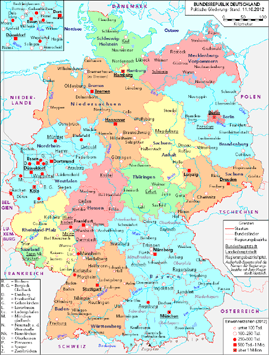
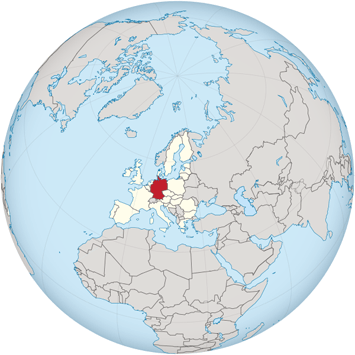
Data Federal Republic of Germany
| Capital city | Berlin |
| System of government | Parliamentary democracy |
| Head of state | Federal President |
| Head of government | Federal Chancellor |
| Existence | 1949-Today |
| Surface area | 357.375 km² |
| Population | 82.175.684 (2015) |
| Developed from | German Reich |
